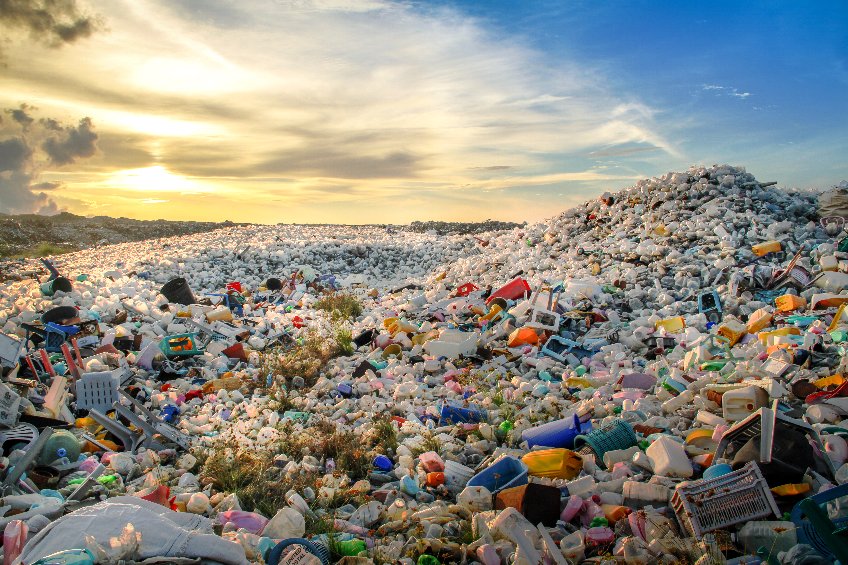the age of polypropylene?
Polypropylene (aka Plastic) is a versatile product that has many applications, from packaging and labeling to textiles and car parts. It’s durable and recyclable, making it a popular choice for many manufacturers. But what is the future of polypropylene? Will newer, more innovative materials replace it?
What is plastic?
In its simplest form, plastic is a synthetic material made from various types of organic polymers. These polymers can be derived from natural sources, such as cellulose, or they can be made from synthetic monomers via a chemical process. Plastics are typically classified by their molecular structure, which can be either crystalline or amorphous. The most common type of plastic is polyethylene (PE), which is made from the monomer ethylene.
Plastics are used in a wide variety of applications, including packaging, consumer goods, construction materials, and automotive components. They have many advantages over traditional materials, such as wood and metal. For example, plastics are lighter and more durable than wood, and they can be molded into complex shapes that would be difficult or impossible to create with other materials.
Despite their many benefits, plastics have come under increasing scrutiny in recent years due to their environmental impact. Plastic waste has been found in every corner of the globe, from the Arctic to the depths of the ocean. This pollution has major consequences for both wildlife and humans. Animals can become entangled in plastic debris or mistake it for food, leading to malnutrition or even death. And when plastic waste breaks down, it releases harmful

What are the benefits of plastic?
There are many benefits to plastic. It is durable, light weight, and easy to clean. Plastic also has a very long shelf life. What are the disadvantages of plastic?
While plastic has many benefits, there are also some disadvantages to using this material. Plastic is not biodegradable, so it can stay in the environment for centuries and pollute the land and water. It is also a major source of litter and ocean pollution. Additionally, the production of plastic uses fossil fuels, which contributes to climate change.
How long does plastic last?
We all know that plastic is durable and can last a long time. But have you ever wondered just how long plastic lasts? Turns out, the answer is quite a long time!
Plastic is made of polymers, which are long chains of molecules. These molecules are held together by chemical bonds that are difficult to break. That’s why plastic is so durable.
However, over time, these bonds will slowly start to break down. The rate at which they break down depends on the type of plastic and the conditions it’s exposed to. For example, plastic that’s exposed to sunlight or heat will break down faster than plastic that’s not.
In general, though, plastic can last for centuries. So next time you throw away that water bottle or shopping bag, remember that it might still be around long after you’re gone!
Is plastic recyclable?
In the United States, recycling of plastics is optional for consumers. Some plastics are more recyclable than others, but all types of plastic can be recycled. Recycling plastic conserves energy and natural resources. It also reduces pollution and helps create jobs in the recycling industry.
To learn more about the recyclability of different types of plastic, check out the Recycling Codes chart below. When you recycle plastic, be sure to clean and dry it first. Also, remove any labels or other materials that might be attached to it.
The age of polypropylene has ushered in a new era of plastics recycling. This type of plastic is extremely versatile and can be recycled into a variety of products. From packaging material to car parts, polypropylene can be given new life through recycling.
If you’re looking to recycle your polypropylene, contact your local recycling center to see if they accept this type of plastic. You can also check out the Recycling Codes chart below to see where your polypropylene can be recycled.
Alternatives to plastic
We are all too familiar with the devastating effects of plastic on our environment. Every day, we see news reports of animals entangled in plastic waste, beaches covered in plastic pollution, and islands of floating plastic garbage in the ocean. It’s enough to make anyone want to swear off plastic for good!
Fortunately, there are plenty of alternatives to plastic that are just as durable and convenient, without all the negative environmental impacts. Here are a few of our favorites:
1. Bamboo: Bamboo is an incredibly fast-growing grass that can be used to make everything from chopsticks to furniture. Bamboo is also biodegradable, meaning it will eventually break down and return to the earth without doing any harm.
2. Hemp: Hemp is another versatile plant that can be used to create a variety of products, including fabric, rope, and paper. Like bamboo, hemp is also biodegradable.
3. Cork: Cork comes from the bark of a tree, and can be used to make everything from flooring to wine stoppers. Cork is also recyclable and biodegradable.
4. Glass: Glass is one of the most sustainable materials around, since it can
plastic sucks
We all know that plastic is bad for the environment. It pollutes our oceans, endangers wildlife, and clogs up our landfills. But did you know that plastic is also terrible for your health?
Polypropylene is a type of plastic that is used in many everyday products, such as food containers, water bottles, and medical equipment. Unfortunately, polypropylene contains harmful chemicals that can leach into your food and drink. These chemicals have been linked to cancer, reproductive problems, and other serious health issues.
So next time you reach for a plastic bottle or container, think about the consequences it could have on your health. And please, do your part to reduce your reliance on plastic. Our planet – and our bodies – will thank you for it.



